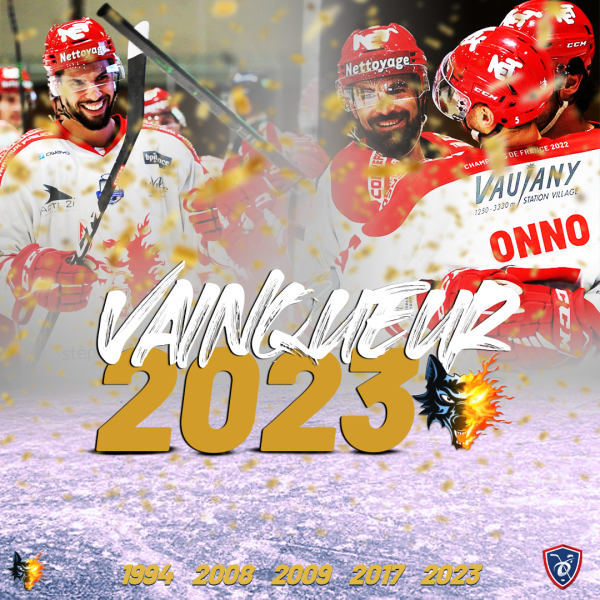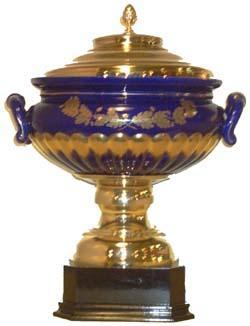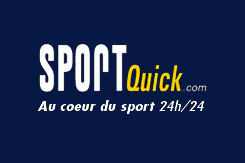| Happy Birthday : |

Assist
The last two players to handle the puck prior to the scoring of that team’s goal are credited for assisting the goal scorer.
Blue-line(s)
Two foot-wide lines marking the separation of the zones of play. The area from a blue line to the boards behind the goal is the “defensive end” for the team defending that goal, and the “offensive zone” for the team trying to score on that goal. The blue line is used to determine offside calls.
Boards
Hard plastic walls and glass that surround the rink to keep the puck and players contained.
Boarding
An infraction or penalty called by the referee when a player has been bodychecked with excessive force into the boards by an opposing player. This can result in a two-, four- or five- minute penalty, depending on the severity of the infraction.
Bodycheck
A tactic used by a player to physically remove an opponent from the puck or the play. A bodycheck is legal only if the player being checked has the puck or was the last person to touch it. The bodychecker may only use the hips or shoulder, and must make the hit above the opponent’s knees and below the neck.
Breakaway
A one-on-one scoring opportunity between one player with the puck and the opposing team’s goalkeeper.Butterfly Position
Used to cover a large area of the crease along the ice, the goalkeeper performs this position by dropping to his/her knees and pointing his/her toes outward to create a V-shape with the goal pads.
Centre
The player responsible for leading the line’s offence and taking faceoffs.
Charging
A penalty called by the referee when a player skates more than two strides in order to intentionally bodycheck another player.
Changing on the Fly
Substitution of players without a stoppage in play.
Clearing the Puck
To get the puck out of one’s own defensive zone.
Crease
The 6-foot semi-circle area directly in front of the goal. The goalie must be allowed to make plays and saves in this area without another player interfering.
Cross-Checking
An infraction or penalty called by the referee when a player hits an opponent with the shaft of the hockey stick with arms extended.
Defensemen
The two players on a team whose primary job is to protect their own net from being scored on. Also know as the defensive line or defensive pair.
Elbowing
An infraction or penalty called by the referee when a player checks an opponent using his/her arms or elbows instead of body.
Faceoff
At the beginning of each period and after any stoppage of play, the game resumes when the puck is dropped between two opposing players at one of the five faceoff circles or four blue-line spots on the ice, while the rest of the players position themselves around the faceoff pair.
Forechecking
An attempt to regain possession of the puck, forechecking involves aggressively checking the opponent when they have control of the puck in the neutral or defensive zone.
Forward
This player leads the offense, tries to capture the offensive zone and score, or passes off to an open winger or centre.
Hat Trick
Three goals scored by one player in a single game. A natural hat trick is scoring three goals consecutively without any other players scoring to in between.
High Sticking
An infraction or penalty called by the referee when a player uses their stick on and strikes an opponent above the waist with their stick.
Holding
An infraction or penalty called by the referee when a player uses their hands to grab an opposing player or his/her stick.
Hooking
An infraction or penalty called by the referee when a player uses the blade or shaft of their stick to impede an opponent’s progress.
Icing
The act of intentionally sending the puck to the far end of the ice. The puck must be sent from the defensive end of centre ice and cross the goal line before a player on the opposing team has a reasonable chance to gain possession.
Ice Resurfacing Machine
A machine that cleans and smoothes the ice surface before and after the game, as well as in between periods.Interference
An infraction or penalty called by the referee when a player impedes an opposing player who does not have the puck.
Neutral Zone
The area of the ice surface between the two blue-lines.
Offside
Attacking players cannot legally enter the offensive zone ahead of the puck. If they do, the play is considered offside. The position of the player’s skates determines the offside. If the play is whistled down, a faceoff occurs at the place where the infraction occurred.
One-Timer
Occurs when a player meets a teammate’s pass with an immediate slapshot, without any attempt to control the puck on his stick.
Penalty
Penalties are punishment for rule infractions.
Penalty Box
An area where a player sits to serve the time of a given penalty.
Penalty Killer
A player who minimizes the chances of the opposition scoring while on a power play. See power play
Penalty Shot
A shot of the puck awarded to a team when deprived of a clear scoring opportunity because of a foul committed by an opposing player. The penalty shot is one-on-one, goalie against shooter.
Periods
The three 20-minute segments that make up a hockey game. Periods are separated by two 15-minute intermissions.
Poke Check
A check in which a defender uses the blade of the hockey stick to push the puck away from the stick of an opponent.
Power Play
When one team is allowed to have more players on the ice than the opposition because of a penalty called against the opposing team.
Puck
A round piece of vulcanized rubber — three inches in diameter and one inch in height — used to play hockey. Pucks are frozen to reduce the bounce of the rubber.
Pulling the Goalie
In a last-ditch attempt to score (usually near the end of a game), a team trailing by one or two goals may take its goalkeeper off the ice and replace him/her with an extra skater.
Red line
The center line that divides the ice rink in half.
Short-Handed
When a team is at a manpower disadvantage due to players serving penalties.
Slapshot
Travelling at speeds of more than 160 kilometres per hour, this is the fastest of all hockey shots. A player draw back his stick above the waist before slapping the puck with a hard, fast, slicing shot.
Slashing
An infraction or penalty called by the referee when a player swings their stick in an attempt to hit an opponent. It is not necessary for contact to be made — the act of the slashing motion itself is a penalty.Spearing
An infraction or penalty called by the referee when a player jabs an opponent with the tip of the stick blade.Tripping
An infraction or penalty called by the referee when a player uses an arm, foot, leg or stick to knock down an opposing player.
Winger
A forward position of a player whose primary zone of play is along the outer playing area of the ice.
Wrist Shot
A highly accurate shot taken on goal that involves a quick flicking or snapping motion of the wrist in the direction the player wishes the shot to go.
Copyright Sportquick/Promedi














